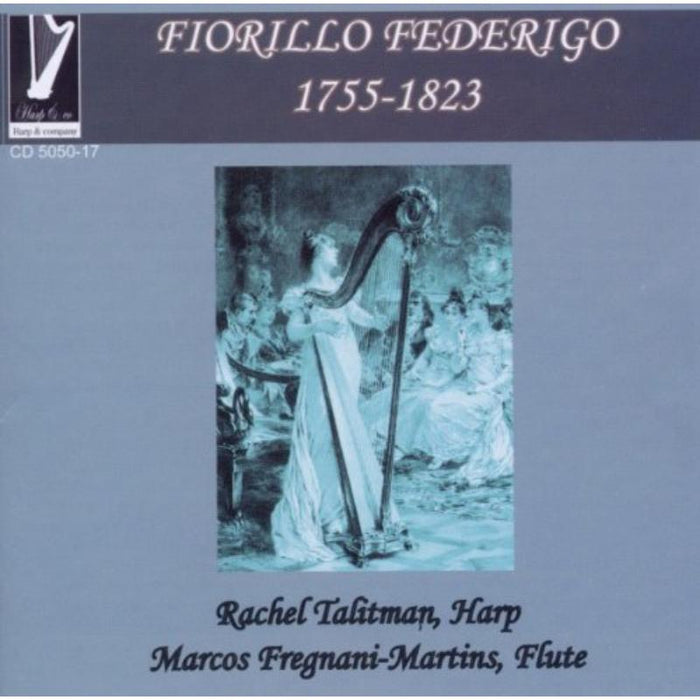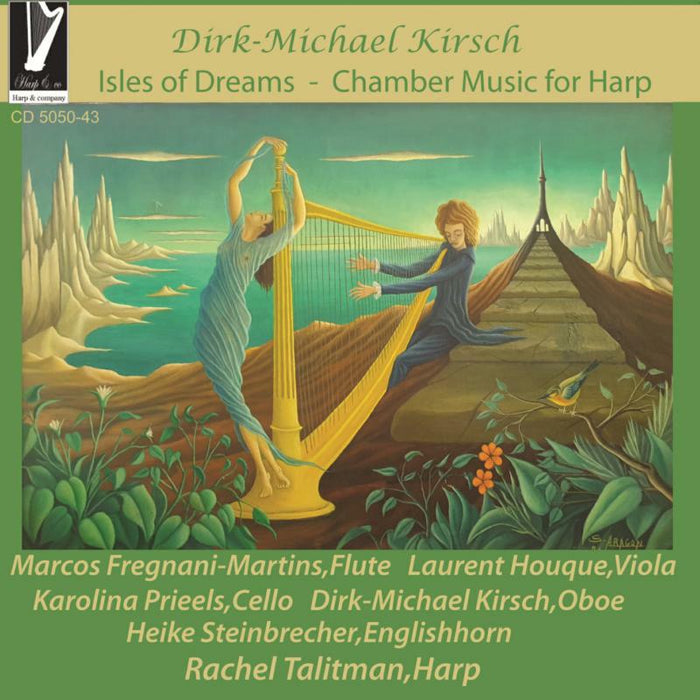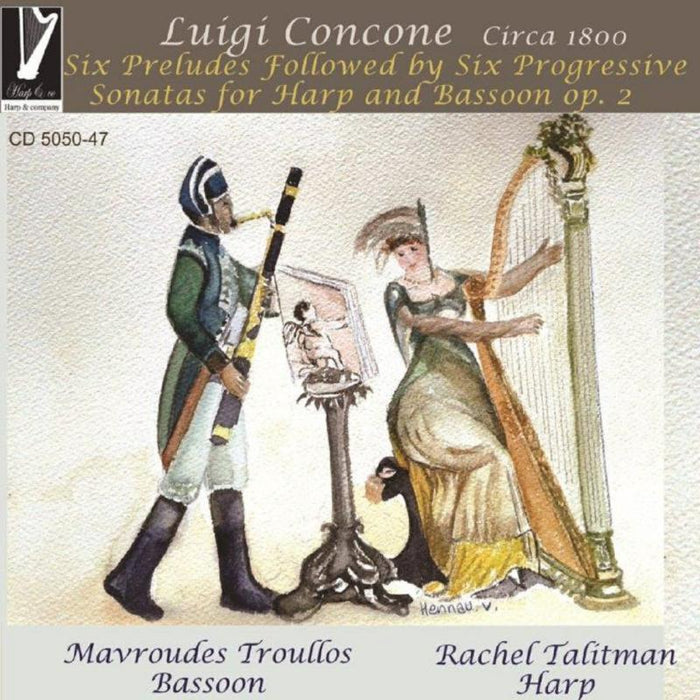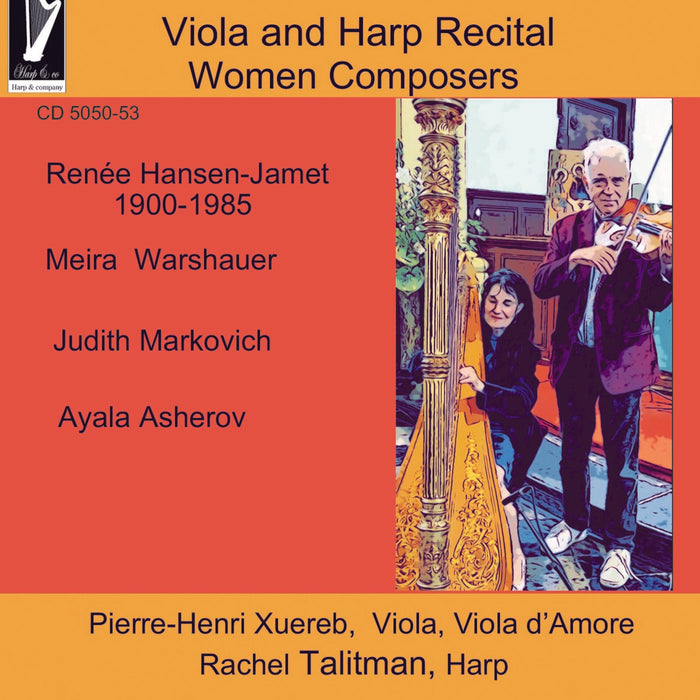Description
The world premiere recording of Yoram Meyouhas's Music for Flute and Harp, performed by flautist Esti Rofe, harpist Rachel Talitman, the Israel String Ensemble and conductor Doron Salomon.
Composer/orchestrator/lecturer Yoram Meyouhas born in Israel in 1967. He was a principal violist in various orchestras in Israel, and studied conducting with Aharon Harlap. Among his lecturer activities, he had a radio show on "Kol Israel" and often interviewed for his music activities in Israel and abroad as a composer. His works have been performed in Hungary, Germany, Czech Republic, Switzerland, USA and Israel, among others.
"I have always enjoyed listening to the flute and the harp playing both independently and as part of an ensemble. Thus, when two wonderful musicians, Rachel Talitman and Esti Rofé, asked me to compose for them the result of which is the music now found in this album I naturally, was thrilled to do so and commenced composing practically instantaneously. This album contains three compositions: Sonata for Flute and Harp, Three Psalms for Flute and Harp, and Double Concerto da camera for Flute, Harp & String Quintet.
The sonata that opens the album has four movements. The first opens with a calm air that alternates at times with a faster and rhythmic section, where the introduction, that is first presented by the harp, is used often as a secondary theme in relation to the main melody which is played by the flute. These two motifs later merge into a single independent section. The ambiance of the second section is mostly rhythmic, as the musical materials in it alternate frequently between the two instruments. The main theme of the third movement, not unlike the sonata's opening one, is slow and lyrical in nature, however, as it evolves it takes a rhythmic turn. It ends in the same mood the movement had opened with. I wrote the fourth and last movement in the form of a mini rondo sonata. This is a fast movement with a virtuoso character which is expressed through both instruments.
I first wrote Three Psalms in its vocal version for a mezzo-soprano and a harp, and had orchestrated the score for mezzo soprano and a string orchestra. While composing it, I felt that the singer's melodic line (i.e. the biblical text), is actually best suited for an instrumental performance. Thus, I opted to create a flute version, which unique sound preserves, most of the time, the melodic lines formerly performed by a singer in the recitative parts, as well as the general character of, and the general ambience created by, the piece. The Psalms movements are: Psalm 130: Out of the Depth Have I Cried unto Thee, O Lord; Psalm 100: Shout for Joy to the Lord; and Psalm 113: Praise the Lord.
The three movements of Double Concerto da camera contrast in character as the mood alternates among the movements, as well as internally within each. When I compose a concerto, I opt to afford expression and presence even to instruments which are not the soloists, as in the case of the composition at issue which is a chamber concerto. The form of the first movement is a rondo sonata. It moves from a joyful and energetic character towards a slightly more dramatic temperament, as it flows forward. The second movement is largely lyrical in nature, where, for the most part, a kind of a dialogue occurs between the two solo instruments, which during the movement is first entrusted to the harp, accompanied with a more distinct expression accorded. to the quintet players. The third and final movement is the most complex part of the work in terms of the interchange of its main themes. It, too, as is the case in of the opening movement, is composed in the form of a Rondo Sonata that brings the whole Concerto to its conclusion." - Yoram Meyouhas










